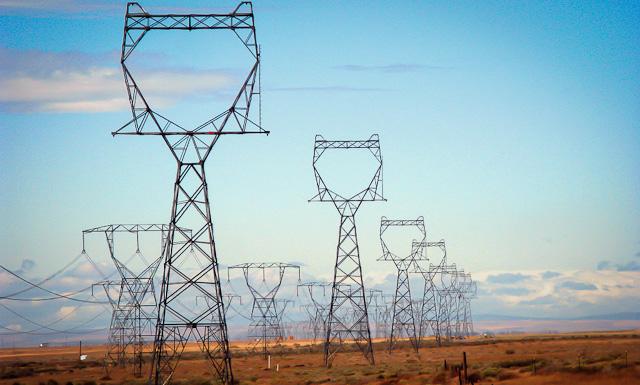
Power Flow analysis, Short Circuit, Arc flash, Harmonic Flow, Motor Start analysis, Relay Coordination and Protection Tracking Power System Analysis, Power Management System, SCADA, Transmission & Distribution planning, Geospatial Modeling, ADMS, EMS, Microgrid Controller, Power Plant Controller Load flow, Contingency and Automation studies, Reactive power studies and compliance, Voltage regulation and power losses, Load and generation profile studies, Fault Level, Overcurrent Protection, Time and overcurrent grading, Relay modelling, Harmonic Analysis, G5/4 compliance, Transient Stability, DC Networks, Reliability, Unbalanced systems, User-defined Models, CIM, Flexibility, Python Scripting.Ĭloud Computing, Power System Analysis, Power Management System, Grid Code, Real Time integrations, Transmission and Distribution networks, GIS/SCADA integrations, Asset Management, EMS - DMS The parameters of the emergency are set and based on the mathematical model, all the calculations are performed to obtain the output graphs and results. Protections are also mathematically modeled when they are connected to power engineering objects. It is up to the user to choose what type of protection to put on the energy objects. Mathematical models have been set for all components of the power engineering system. graph of different characteristics of the protections.
#Power utility software for engineering software
Such software simulates the activating the various types of protections, which protects the transformers, power lines and other components. Power engineering protection software Īnother kind of software is one for simulating security systems for power systems and power plants. The controllers most of the time to this date are programmed with computer languages like:C,C++,Java and others. The digital controllers are different types: ADC, DAC, 4-bit, 8-bit, 16-bit, and many others. The controllers of Renewable energy used different software. In the software world, were developed many CAD software products for 2D and 3D electrical design. This also applies to other elements of the power systems. The transmission lines be designed according to minimum requirements set out in the SQSS (security and quality of supply standard). Most of this product used MARKAL, ESME and other modelling methods. Power software as ETAP, CYME, DINIS, IPSA, PSS/E and DIgSILENT are pioneers at the category power engineering software. Programs are based on mathematical algorithms and computations. Software products are being created for design power plants and their elements and connections. Classification Power plants analysis software Īfter 2000 begins to develop rapidly analytical programming and 3D modeling. Currently, the programming language Python, commonly used in French Nuclear plants, is used to write energy-efficient algorithms and software programs. Further platforms for electrical power modelling were created by the end of the 1980s. The first power systems analysis program to feature a graphical user interface, IPSA, was designed in the mid-1970s.

One of the first computer languages used in Nuclear plants and Thermal plants was C (programming language). Software programs were created to collect data for power plants. In the following decades, Power engineering and Computer technologies were developed very fast. The first software programs for power engineering were created by the end of the 1960s for the purpose of monitoring power plants. It is a type of application software which is used for power engineering problems, which are transformed into mathematical expressions. Power engineering software is software used to create models, analyze or calculate the design of Power stations, Overhead power lines, Transmission towers, Electrical grids, Grounding and Lightning systems and others. Analysis software for lightning protection used on a power substation.


 0 kommentar(er)
0 kommentar(er)
